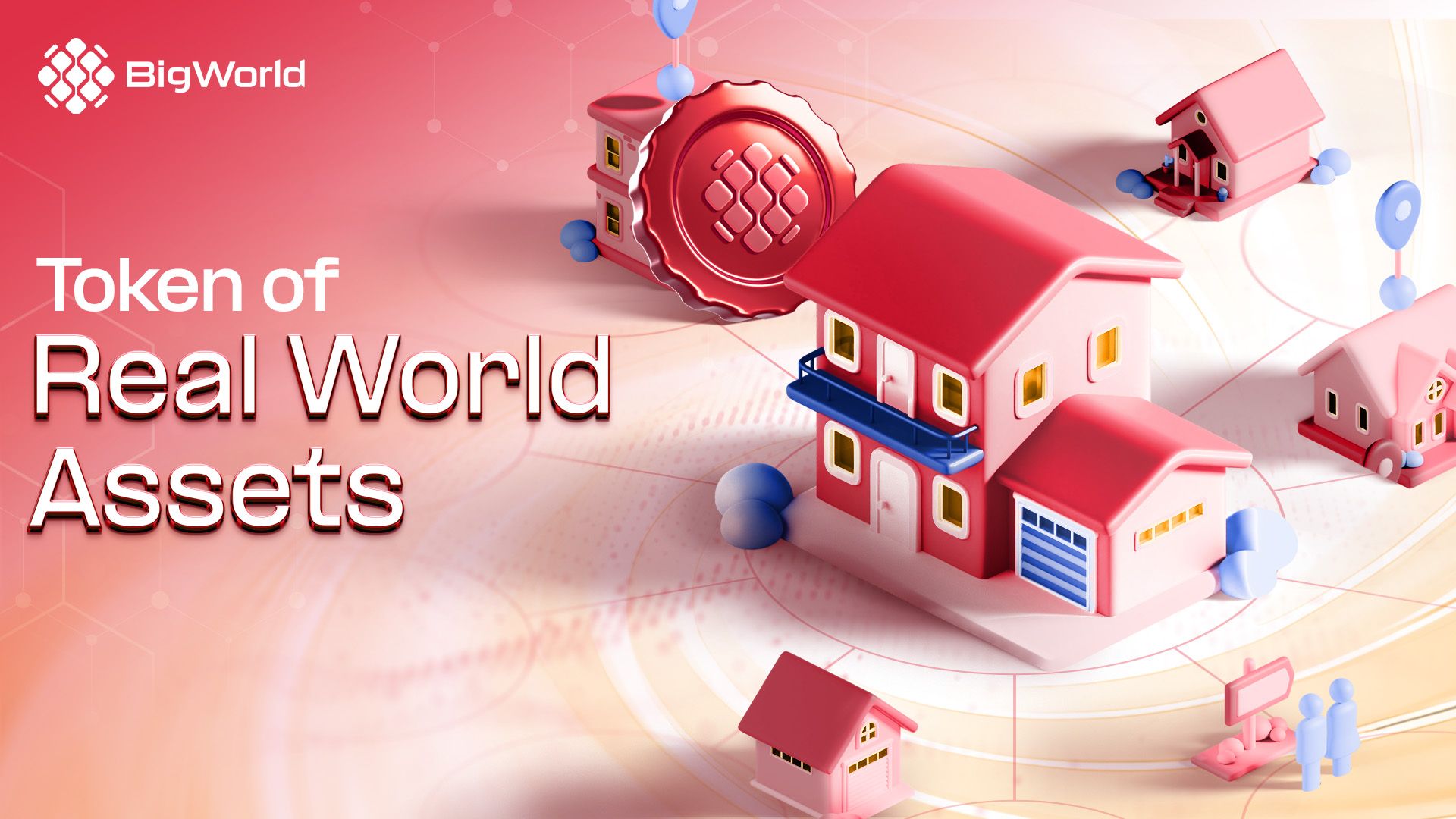Real World Asset Tokenization: Pros and Cons

Tokenization is transforming how we think about assets, and Real World Asset (RWA) tokenization is a hot topic, especially within the blockchain and cryptocurrency ecosystem. By linking blockchain-based tokens to tangible assets—like real estate, commodities, or even art—the potential to redefine how we access, invest in, and manage traditional assets has arrived.
But with innovation comes both opportunity and challenge. Here, we explore the advantages and disadvantages of RWA tokenization, helping you understand if it’s the future of investing or just another passing trend.
1. What Is Real World Asset Tokenization?
Before diving into the pros and cons, let’s clarify what RWA tokenization actually is. Tokenization involves creating a digital representation (a token) of a physical asset on the blockchain. This token can be bought, sold, or traded on a blockchain-based marketplace. Essentially, it allows anyone to own a fraction of high-value assets without needing to buy the entire asset. For example, owning a share in a high-rise building or a piece of artwork is feasible through tokenization.
Tokenization allows blockchain to bridge the gap between digital and physical worlds. This is especially transformative for traditionally illiquid assets like real estate or private equities, which can become accessible and divisible.

2. The Pros of RWA Tokenization
2.1 Enhanced Liquidity
Tokenization makes trading traditionally illiquid assets like real estate, private equity, and art easier by enabling fractional ownership. Through RWA tokens, smaller portions of these high-value assets can be bought or sold on blockchain-based exchanges, offering liquidity options that didn’t exist before.
2.2 Greater Accessibility and Inclusivity
By tokenizing assets, investors no longer need a large sum to own a part of valuable real-world assets. Fractional ownership lowers the entry barrier, giving retail investors and smaller investors access to high-value investments. This democratization opens up new avenues for wealth creation across broader demographics.
2.3 Efficiency and Lower Costs
Tokenization cuts down the red tape and high costs typically associated with asset transactions, like legal fees, intermediary fees, and management costs. With smart contracts handling transactions, RWA tokenization can significantly reduce costs and streamline processes for investors and asset managers alike.
2.4 Transparency and Security
Blockchain technology provides a secure and transparent ledger, allowing investors to verify and track ownership of their tokens without the risk of tampering. This transparency builds trust in the RWA space and enhances regulatory compliance, as blockchain records are immutable and accessible to all parties.
2.5 24/7 Trading and Global Reach
Unlike traditional asset markets, which are limited by trading hours and geographical boundaries, tokenized assets can be traded globally and 24/7. This enables continuous trading and gives investors the flexibility to buy or sell RWA tokens anytime, anywhere.
3. The Cons of RWA Tokenization
3.1 Regulatory Uncertainty
Despite the potential benefits, tokenized RWAs are still subject to regulatory scrutiny, and there’s a lack of clear and standardized regulation across jurisdictions. The evolving legal frameworks make it challenging for issuers and investors to comply, increasing the risk of regulatory backlash or unforeseen legal complications.
3.2 Technology and Security Risks
Blockchain technology offers high levels of security, but no system is entirely immune to cyber threats. Hackers could target tokenized assets, and there’s always the risk of smart contract vulnerabilities. Investors must carefully evaluate the platforms used for RWA tokenization to mitigate these risks.
3.3 Liquid Assets Remain Partially Illiquid
While tokenization does provide some liquidity, assets like real estate or private equity are still naturally illiquid. Tokenizing an asset doesn’t always guarantee a buyer at any given time, especially if the token is not widely traded or lacks demand in the secondary market.
3.4 Valuation Challenges
Valuing tokenized RWAs can be complex, as there are few standardized methodologies for pricing fractionalized physical assets. Traditional valuation models might not apply directly to RWA tokens, which can cause disparities in asset pricing and result in market inefficiencies.
3.5 Trust and Market Adoption
Tokenization is a relatively new concept, and there may be a lack of understanding or trust among traditional investors. Market adoption is still growing, but it’s not yet clear if RWA tokenization will gain mainstream acceptance, especially among conservative investors.
4. The Future of RWA Tokenization
RWA tokenization presents an exciting opportunity to bring more assets into the digital economy. However, its future relies heavily on the development of clear regulations, secure technologies, and investor trust. If these challenges can be addressed, RWA tokenization could indeed be transformative, providing a more inclusive, liquid, and efficient way of investing in real-world assets.
For now, it’s a promising innovation with both hurdles and high potential. As the technology and regulations continue to evolve, we may soon see tokenized assets becoming a more mainstream part of investment portfolios. But as with all investments, due diligence is key - understanding both the pros and cons will help you make informed decisions in this emerging field.
5. About BigWorld
BigWorld is a groundbreaking platform that creates digital avatars, capturing each user’s unique personality, values, and experiences to exist indefinitely in a virtual realm. By merging AI and blockchain technology, BigWorld allows users to create avatars that embody who they truly are, preserving their essence long after they’re gone.


